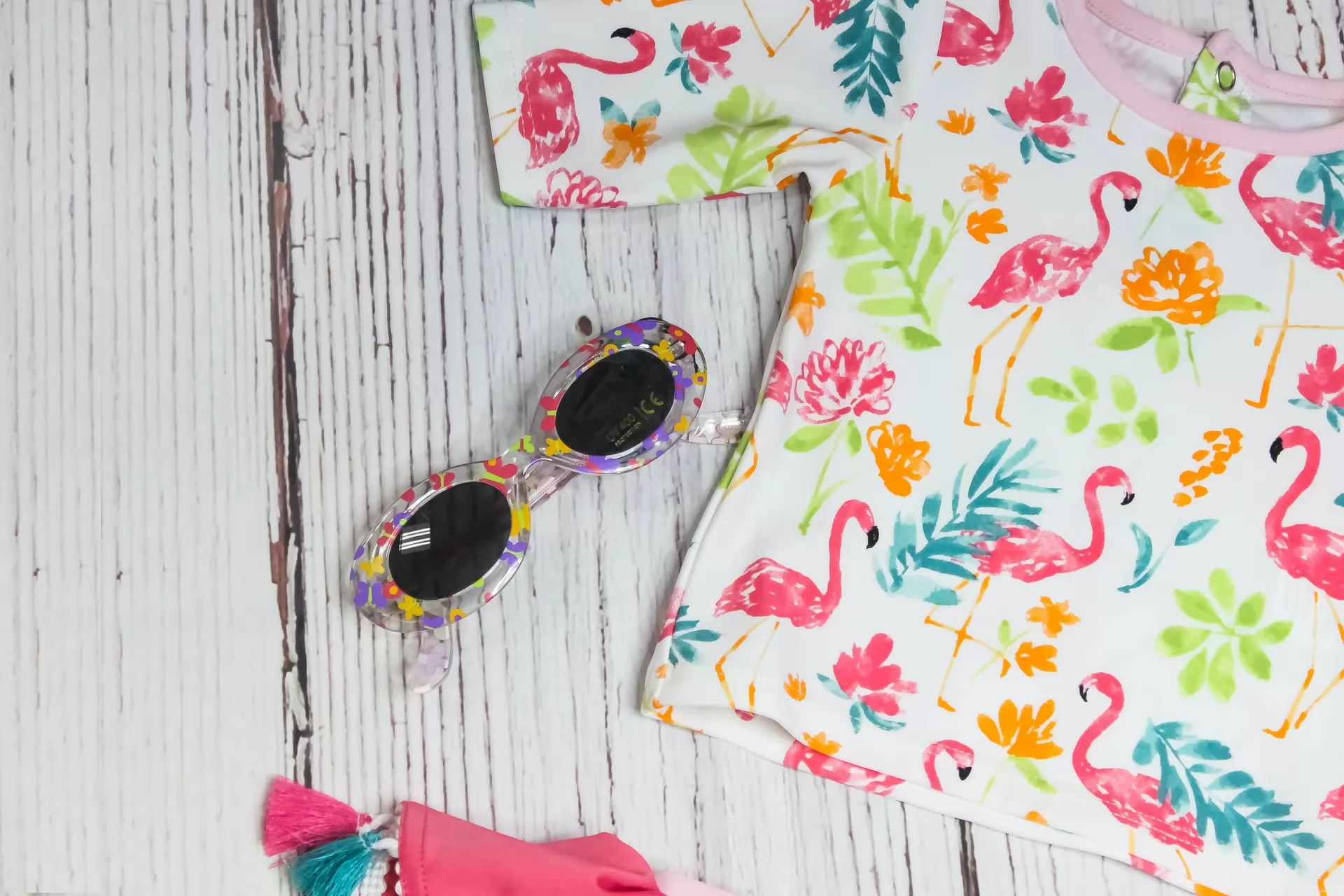Detailed content of our market study
 Inforamtion
Inforamtion
- Number of pages : 35 pages
- Format : Digital and PDF versions
- Last update :
 Summary and extracts
Summary and extracts
1 Market overview
1.1 Definition and presentation
Children's apparel targets an audience ranging from children over 3 years old to teenagers. The market research presented below focuses on children's apparel, excluding the children's footwear and baby clothing segments.
Globally, the children's apparel market is driven by three countries (United States, China and India), which account for 45% of the total. Europe has only 20% of the total market, with a declining birth rate.
In Spain, the children's apparel market faces several headwinds. On the one hand, the birth rate (1.24 in 2019) and the declining number of births (341,315 in 2020) reduce the number of potential consumers. With a declining cohort of young people and a general aging of the population, the market is structurally facing fewer consumers. In addition, the emergence of covid-19 has led to a 12.5% drop in sales in 2021, due to the health closure of retailers, but also to the sharp drop in Hispanic GDP and uncertainties inviting Spanish households to adopt a wait-and-see attitude. On the positive side, the reduction in the number of children has been accompanied by an increase in spending per child.
However, the recovery of the economy is very dynamic and the children's clothing producing regions (Madrid, Catalonia, Andalusia, Valencia, etc.) are experiencing positive export sales dynamics, especially to the United States.
All our studies are available online in PDF format
Take a look at an example of our research on another market!
 Choosing this study means :
Choosing this study means :
Access to more than 35 hours of work
Our studies are the result of over 35 hours of research and analysis. Using our studies allows you to devote more time and added value to your projects.
Benefit from 6 years' experience and over 1,500 industry reports already produced
Our expertise enables us to produce comprehensive studies in all sectors, including niche and emerging markets.
Our know-how and methodology enable us to produce reports that offer unique value for money.
Access to several thousand articles and paid-for data
Businesscoot has access to all the paid economic press as well as exclusive databases to carry out its market research (over 30,000 articles and private sources).
To enhance our research, our analysts also use web indicators (semrush, trends, etc.) to identify market trends and company strategies. (Consult our paying sources)
Guaranteed support after your purchase
A team dedicated to after-sales service, to guarantee you a high level of satisfaction. +44 238 097 0676
A digital format designed for our users
Not only do you have access to a PDF, but also to a digital version designed for our customers. This version gives you access to sources, data in Excel format and graphics. The content of the study can therefore be easily retrieved and adapted for your specific needs.
 Our offers :
Our offers :
the children's clothing market | Spain
- What are the figures on the size and growth of the market?
- What is driving the growth of the market and its evolution?
- What is the positioning of companies in the value chain?
- Data from several dozen databases
5 reports pack (-15%) ES Spain
- 5 reports at €75.6 excluding VAT per study to choose from our Spanish catalogue for 12 months
- Save 15% on additional studies purchased
- Choose to be refunded any unused credit at the end of the 12-month period (duration of the pack)
See the terms and conditions of the pack and the refund of unused credit.















